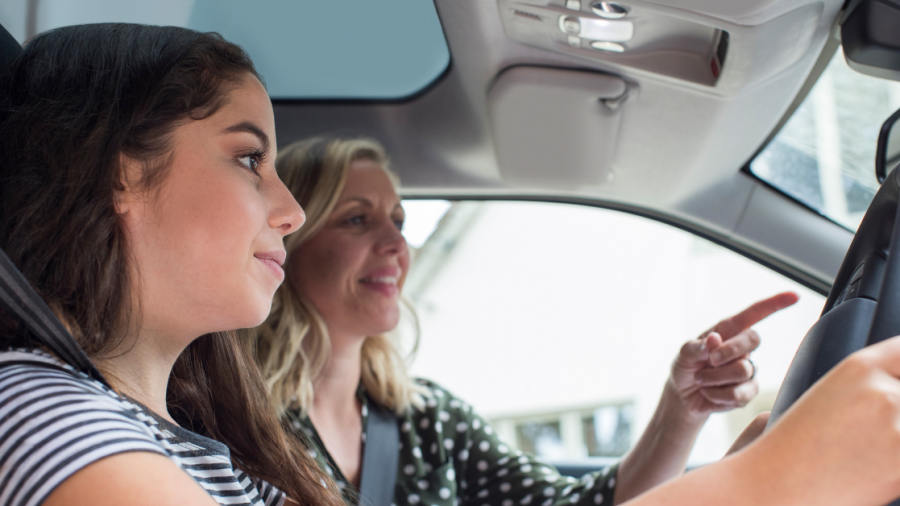Earlier this year the NSW government ran a 6-month trial of telematics with young volunteer drivers in Western Sydney. Results show telematics installed in vehicles helped improve driving skills and could potentially boost road safety. These findings also reflect the global trend towards offering usage based insurance to all vehicle owners.
Usage based insurance or UBI
In 2017, 17 million people in the world held usage based insurance (UBI) policies based on use of telematics. Fifty US states already use driver scores based on telematics as rating factors in personal injury protection (PIP) auto insurance.
A recent Canadian study found drivers with UBI became generally safer over 6 months and dropped their daily average of hard braking by 21%. UBI was found to influence younger drivers and females more than older drivers and males.
Young volunteers in drivers trial
The NSW government launched the Young Drivers Telematics Trial in 2018 with 717 drivers aged 17-24 in regional and outer Sydney. Results suggest it was a success. The trial positively influenced driver behaviour, gave insights into how young people drive and could help prevent fatal crashes and injuries.
NSW Centre of Road Safety claims drivers under 25 are up to 4.5 times more likely to be in a collision and up to 5 times more likely to be in a fatal or serious injury crash. Trial results suggest using telematics could have prevented two fatal crashes and 157 crashes with minor, moderate or serious injuries.
Positive influence of telematics
Trial volunteers received five different kinds of feedback to let them know how they were doing. If they were speeding, braking harshly, accelerating rapidly or taking corners hard, an LED light above the dashboard changed colour. They also received:
- Driving scores for acceleration and braking performance
- Leaderboard with their ranking compared to other drivers
- Summary trip maps showing where they drove poorly
- Notifications after the trip if they spent more than 20% of the time speeding.
This feedback had a positive influence on these young drivers. They were less likely than the control group to speed, brake harshly, accelerate rapidly, or to take corners hard:
- 11% less likely to speed at 10-20kmh over the limit
- 39% less likely to speed at 20kmh or more over the limit
- Lower delta speeds (amount over speed limit), 1.56kmh reduction in 50kmh zones
- 42% less harsh braking
- 25% less rapid acceleration
- 24% less harsh turning.
Interestingly, the trial most influenced drivers who were male, lived in outer Sydney metro areas and were full licence holders. Young P1 male drivers showed the biggest most consistent differences. While young women were least likely to improve, their risk scores were lower in the first place.
Attitudes to telematics
Trial participants spoke positively about use of telematics for themselves and others. Some 70% said more drivers should install these devices, 85% said risky drivers should always use them and 75% said they should be mandatory for everyone.
Nearly all were in favour of these encouragements for young drivers to install (but not necessarily pay for) telematics:
- Discounts on insurance for good driving
- Prizes
- Benefits for fuel efficiency
- Potential to improve driving behaviour and reduce the chance of demerit points.
They were also open to insurance companies and government departments accessing their data, if they could get discounts on insurance. In fact, the Motor Accident Injuries Act allows CTP policyholders to receive insurance discounts based on “digital information recorded about the safe driving of the motor vehicle during [the policy] period”.
Motivators for change
The young people who volunteered for the trial were not motivated by money, since it was unpaid, and did not mention cheaper insurance as a big motivator. They wanted to know more about their driving skills and to use fuel more efficiently. Their other motivators were social: to compete with other trial participants, via a leader board, and get feedback from passengers about their driving.
How young people relate to, and influence their peers should not be underestimated. It is crucial in creating any long lasting change in their behaviour. Only half the volunteers were still providing analysable data by the sixth month, suggesting fatigue had set in. How can we influence the motivators for change and keep the momentum going?
One way to do this is through UBI. When insurers adopt UBI in Australia, vehicle owners will be looking for proof that driving safely reduces premiums.


your opinion matters: